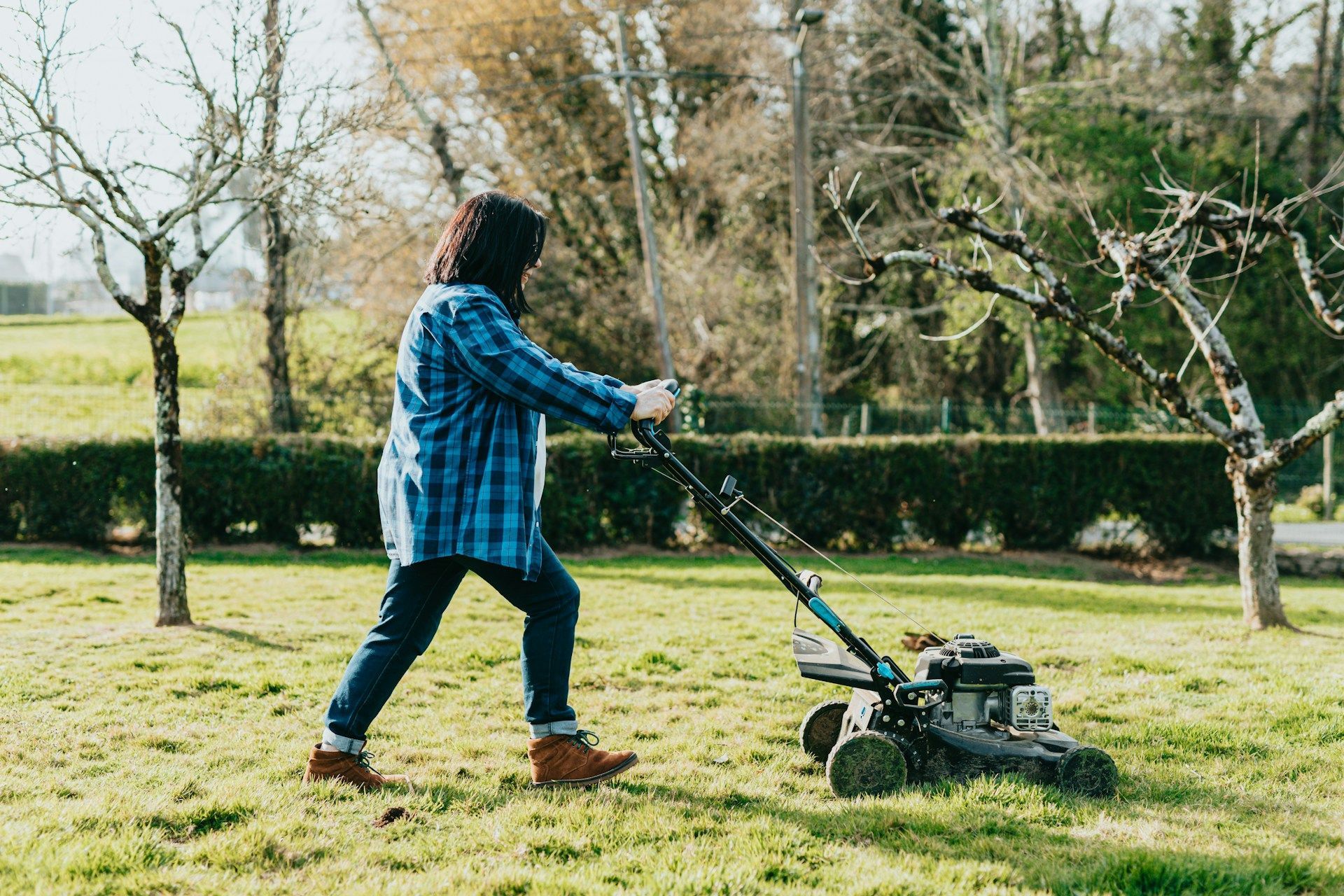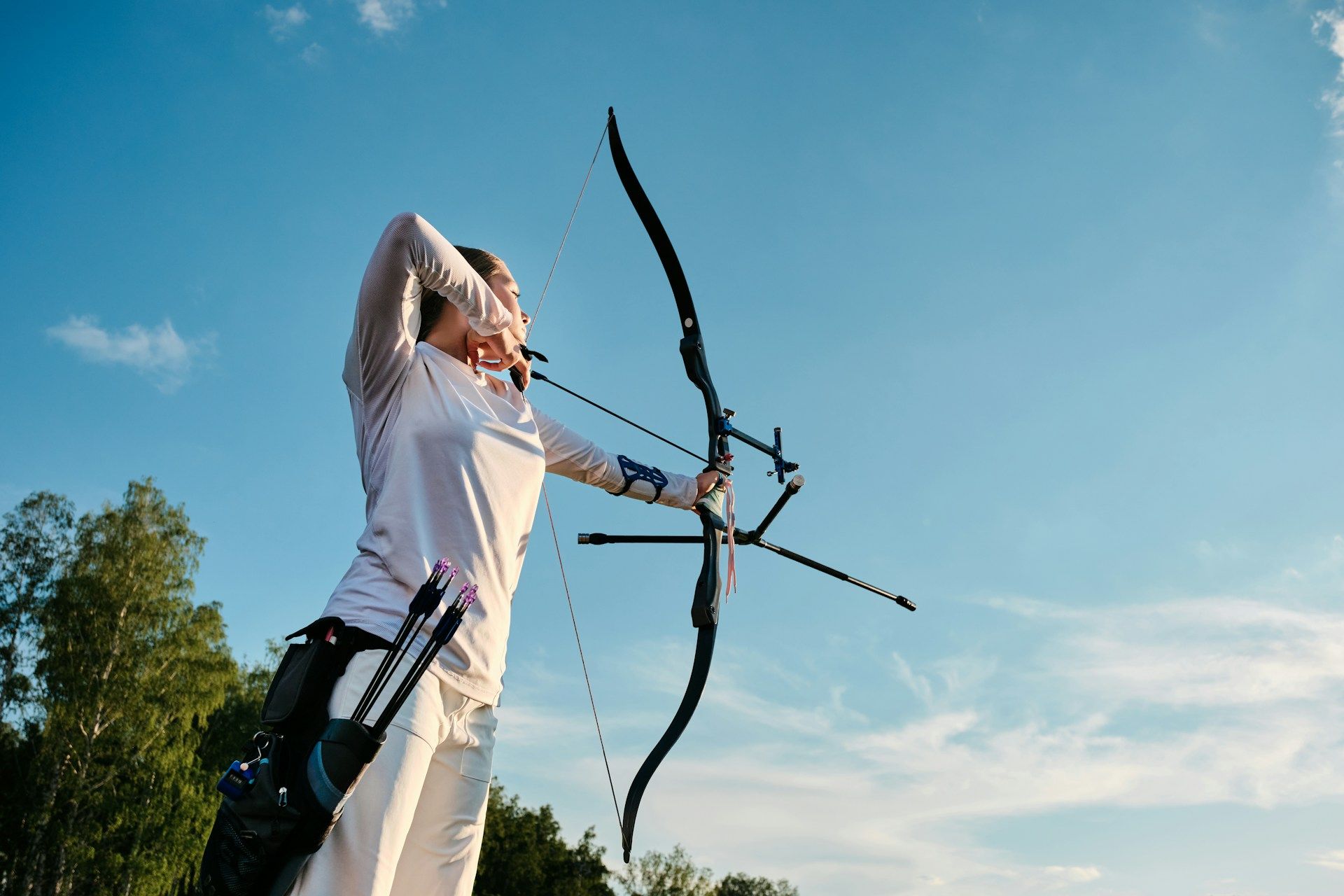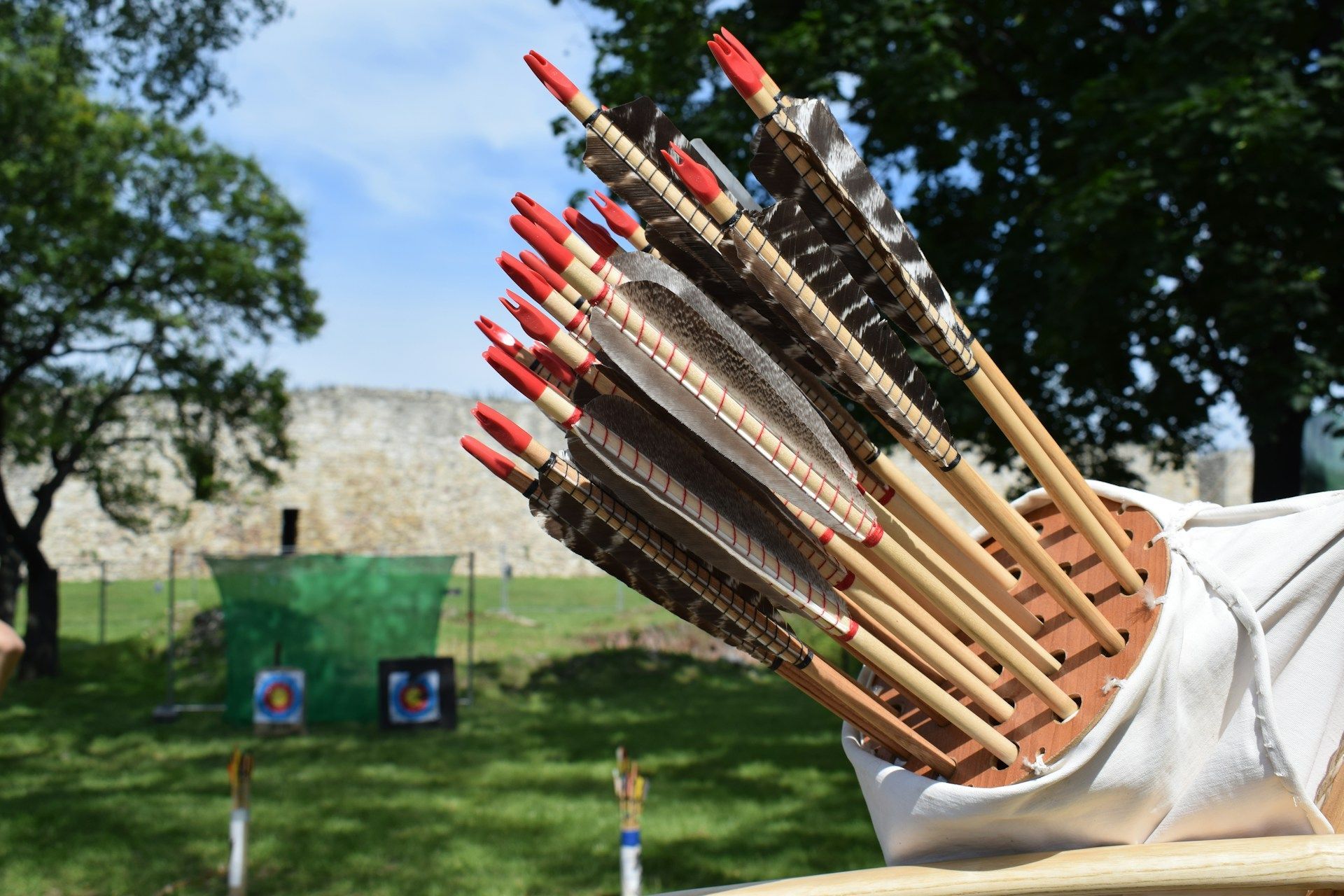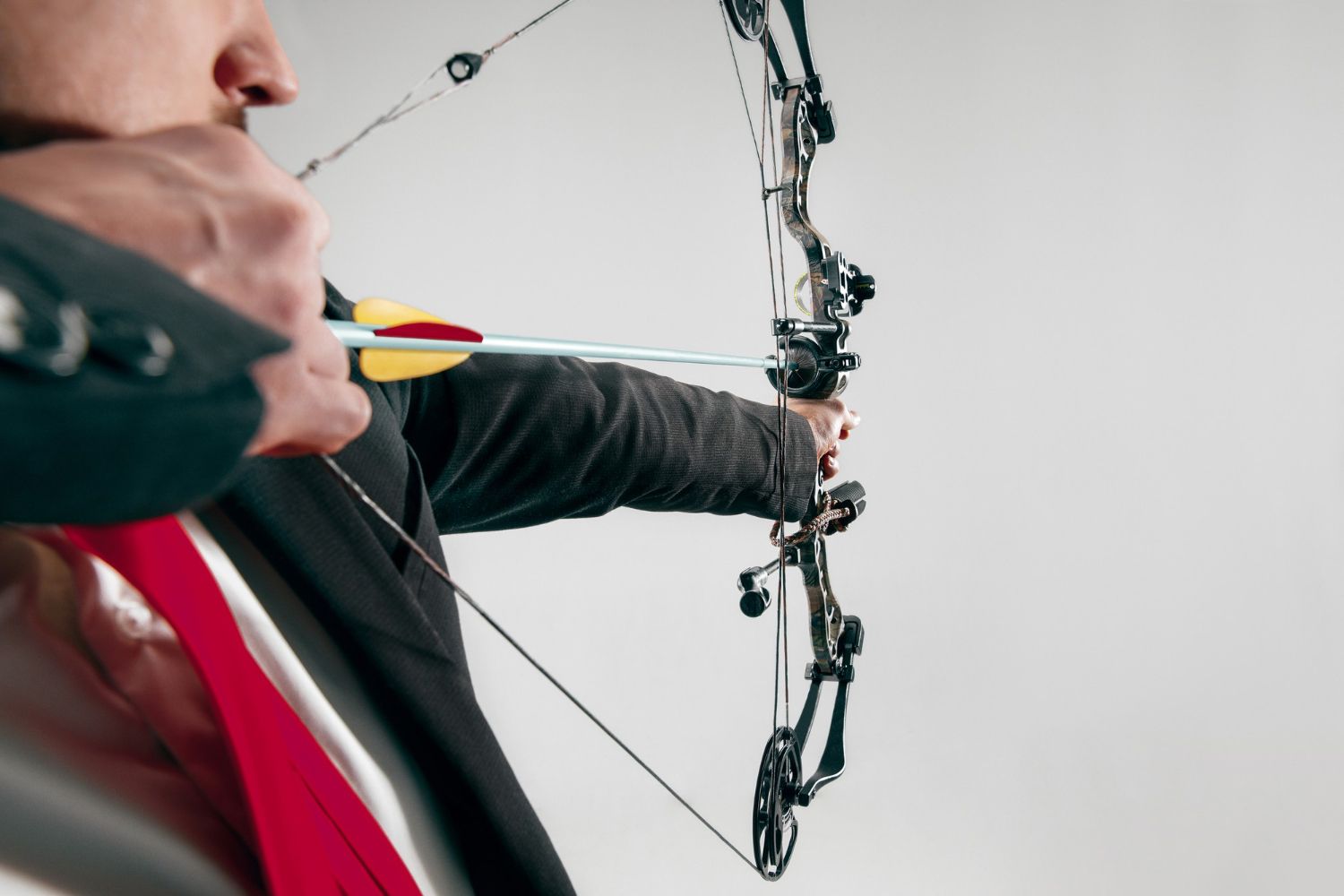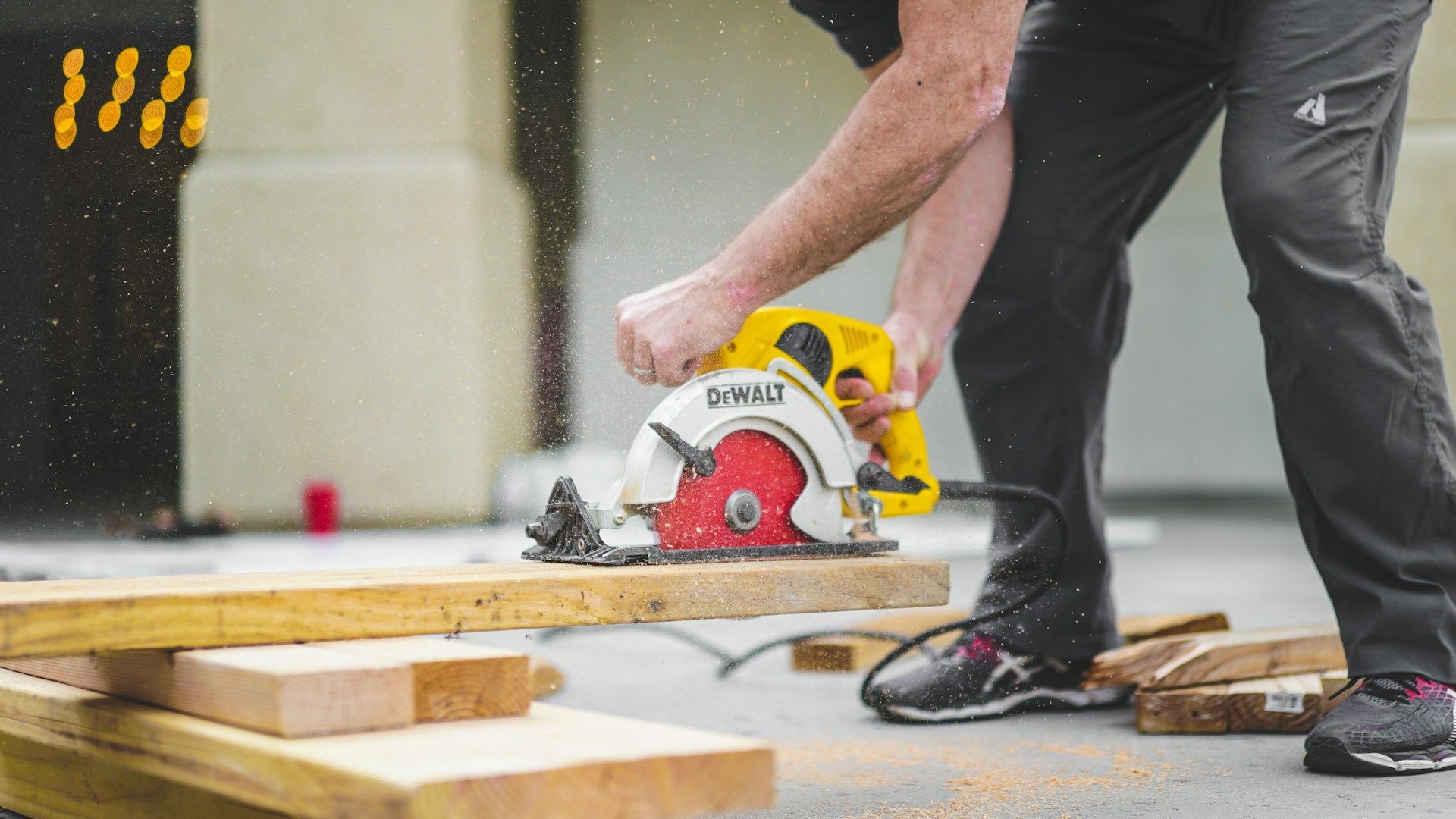An Introduction to Archery: Equipment, Techniques, and Tips for First-Time Archers
Embarking on a new hobby can be a thrilling adventure, especially when that new hobby is as cool and classic as archery. Archery, the art, sport, or skill of shooting arrows with a bow, has a rich history that dates back thousands of years, and it's still going strong today.
Whether you're drawn to the sport for its historical significance, its prominent role in popular culture, or simply the sheer enjoyment of shooting arrows at a target, there's a lot to love about archery.
Let's get started on your archery journey. After all, every expert was once a beginner. It's time to take your first step into the world of archery. It's time to let those arrows fly.
Your First Step Into Archery: A Comprehensive Guide
1. Understanding Archery Equipment: Bows, Arrows, and Accessories
Before you start practicing archery, it's crucial to familiarize yourself with the essential equipment needed. Here's a breakdown of the primary archery gear:
Bows: There are three main types of bows: recurve, compound, and traditional longbows. Beginners often start with recurve bows because they are relatively simple to use and maintain. As you progress, you may choose to experiment with other bow types to suit your preferences and goals.- Arrows: Arrows are available in various materials, including wood, aluminum, and carbon. As a beginner, you may prefer aluminum arrows due to their affordability and durability. It's crucial to choose arrows with the appropriate length and spine (flexibility) based on your draw length and bow strength.
- Armguard: An armguard is a protective accessory worn on your bow arm to shield it from the bowstring's impact upon release. This helps to prevent injury and ensure a more comfortable shooting experience.
- Finger Tab or Glove: Finger protection, such as a tab or glove, eases the pressure on your fingers when drawing the bowstring and releasing the arrow. This essential accessory allows for a more consistent and comfortable shooting experience.
- Bow Stringer: A bow stringer is a valuable tool for safely stringing and unstringing your bow, reducing the risk of damage to your equipment or injury to yourself.
- Quiver: A quiver is a container designed to hold your arrows, allowing for easy access and organization during practice or competition.
2. Basic Archery Techniques and Safety Tips
Now that you're acquainted with the essential equipment, it's time to learn some basic techniques and safety tips for successful archery practice:
Proper Stance: Stand perpendicular to the target with your feet shoulder-width apart, maintaining a relaxed yet stable posture. Good foot positioning provides a sturdy foundation for consistent shooting.- Correct Nocking and Gripping: Nocking is the process of placing the arrow onto the bowstring. Ensure the arrow is properly seated and aligns with the bow's center. When gripping the bow, use a relaxed hand to prevent added torque and maintain a consistent, accurate shot.
- Drawing and Anchoring: Draw the bowstring back by pulling with your back muscles, not just your arm. Anchor the string by placing your index finger at the corner of your mouth or beneath your chin. Consistent anchoring promotes accurate shooting.
- Aiming and Releasing: Aiming techniques vary depending on your bow type and personal preference. Instinctive aiming, gap shooting, or using a sight are all viable methods. When releasing the arrow, relax your fingers rather than actively opening your hand; this allows for a smoother, more controlled release.
- Safety Tips: Always inspect your equipment for damage before shooting. Never dry-fire (shoot without an arrow) a bow, as this can cause serious injury or damage your bow. Lastly, be aware of your surroundings and maintain a safe distance from other archers and bystanders.
3. Practicing on Your Own or Joining a Club
When starting your archery journey, you may choose to practice independently or join a local archery club. Each option has its benefits:
Independent Practice: Practicing archery on your own offers flexibility in terms of schedule and location. To ensure a successful learning experience, invest in informative resources such as books, videos, or online courses to properly develop your skills and understanding of archery techniques and safety.- Archery Clubs: Joining an archery club provides access to experienced coaches who can guide your progress, offer valuable feedback, and teach proper techniques. Clubs also provide opportunities to socialize, participate in club events, and learn from fellow archers of various skill levels.
4. Setting Goals and Measuring Progress
As you embark on your archery journey, it's essential to set clear goals and track your progress. Here are some tips for goal setting in archery:
Establish SMART Goals: Create Specific, Measurable, Achievable, Relevant, and Time-bound goals that align with your skill level and desired outcomes.- Monitor Your Performance: Regularly assess your performance to determine areas of improvement and ensure you are on track to meet your goals. Consider using a journal or mobile app to log your practice sessions, scores, and personal notes.
- Adjust Goals As Needed: As you progress in your archery skills, reevaluate your goals and adjust them accordingly. This will keep you motivated and engaged with your practice.
Unleashing the Archer in You: Understanding the Basics of Archery
The sport of archery offers a sense of accomplishment and satisfaction that is unmatched. Whether you're looking to compete professionally or simply enjoy it as a leisure activity, archery can offer a rewarding and fulfilling experience
Social Circle Ace Home Center is committed to supporting your pursuits both on and off the range by offering expert insights and a wide selection of archery gear to meet your needs. Embrace the challenge, and welcome our
archery supply store—where focus, patience, and perseverance meet to create an unforgettable and rewarding experience.
Department
Contact Information
Payment Types
© 2025 The content on this website is owned by us and our licensors. Do not copy any content (including images) without our consent.
Website designed by Faithworks Marketing

